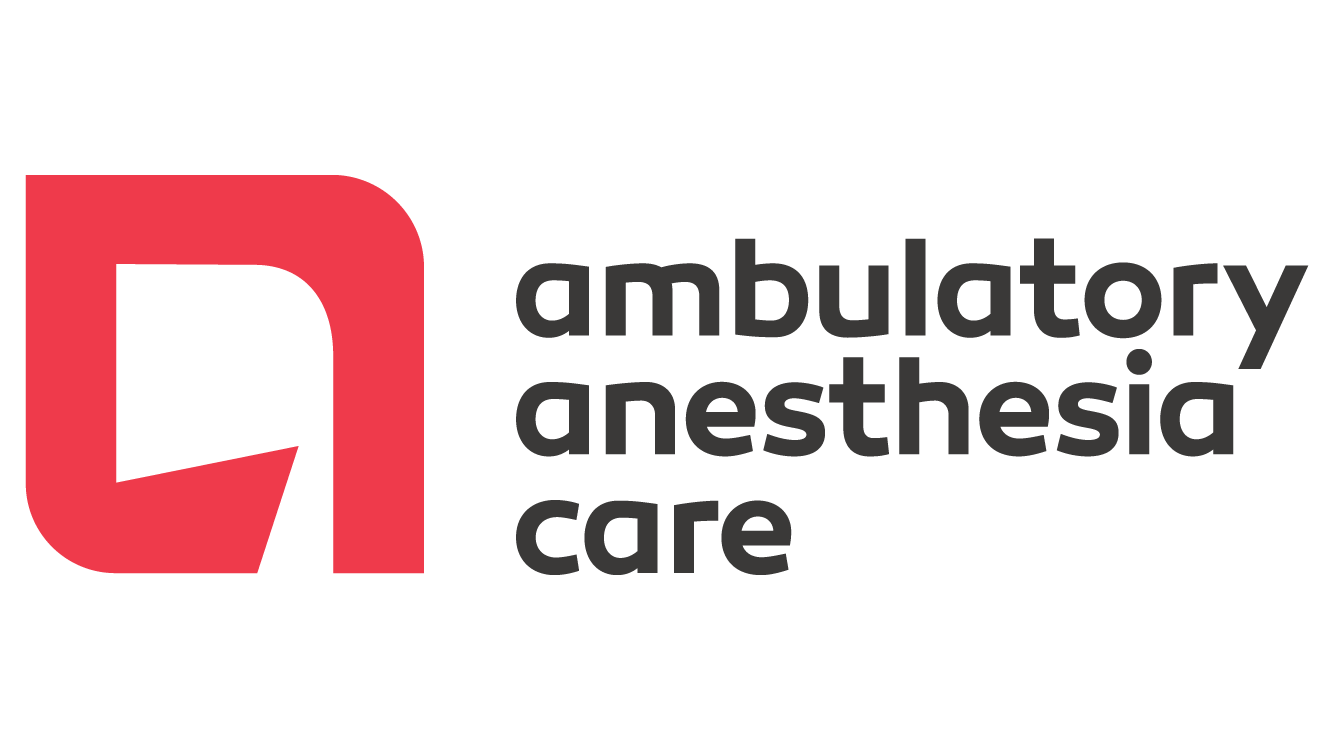Ambulatory Management Solutions Rebrands to Ambulatory Anesthesia Care (AAC)
One of the lynchpins of safe, effective surgery is exceptional anesthesia. Obsessive dedication to quality and dogged pursuit of innovation by groups like Mobile Anesthesiologists in Chicago, Noble Anesthesia Partners in Texas, and M2 Anesthesia, a pediatric dental anesthesia group in the PNW, are all part of a larger ecosystem of success. That success has helped drive growth of office-based procedures and the ASC explosion we’re seeing today. Behind each of those groups, AAC is providing recruitment, tech, revenue cycle, sales and marketing, clinical best practices, supply chain management, credentialing, accreditation, administration, even surgical office layout consulting.
In each instance, the quintuple aim is their collective guiding star.
How does AAC provide the best patient experience? Pre-screening, perioperative care, and an exceptional, thoughtful approach to anesthesia.
How is Ambulatory Anesthesia Care helping population health? By enabling surgeons and dentists to expand access to care in non-hospital ambulatory settings.
How is AAC keeping costs to patients low? Together, AAC practices have treated over one million patients and saved over one billion dollars for the healthcare system and their patients through CEO Scott Mayer’s “biznical” approach: physician leadership guides priorities like patient safety and outcomes, the business adapts to thrive under those gold-standard benchmarks.
How does Ambulatory Anesthesia Care support clinician well-being? By making sure AAC’s partner practices offer competitive salaries and that providers work schedules that work best for their lives. No call, no overnights, no mandatory weekends, no holidays, no pagers, just reliable schedules and great PTO and benefits.
How does AAC drive improvements in health equity? Beyond regular local outreach through foodbanks and free vitals screenings, Ambulatory Anesthesia Care has helped surgeons transition from hospitals to offices, opening up more venues for more patients than ever before, and enabling those already in operation to expand. This means more patients receive fast access to phenomenal surgical care in lower-cost settings, as well as partnerships with federal payer programs serving vulnerable populations and local community care organizations. AAC practices also work closely with value-based care organizations across their states: M2 alone partners with 14 separate community care organizations.
Through this approach, AAC creates a better world and a new alternative to large health system acquisition for small groups. Internally, the expertise and innovative techniques each anesthesia practice offers local clients are then applied to all other AAC practices, “rising the tide” of excellence in ambulatory anesthesia across the US.
Ambulatory Anesthesia Care largely operates in the background for its partner practices, focusing on the business of healthcare, and encouraging their clinicians and clinical leadership focus on the needs of their communities. It’s effective because AAC knows the challenges these groups are facing because AAC grew out of one of these practices. Ambulatory Anesthesia Care—formerly Ambulatory Management Solutions—began in 2007 when Chicago’s Mobile Anesthesiologists, a pioneer of office-based anesthesia in operation since 1996, brought business services in-house.
Ambulatory Anesthesia Care CEO Scott Mayer puts it best. “AAC has a unique approach to both ambulatory anesthesia, and healthcare. AAC practices install anesthesia and perioperative suites in surgical offices, but we’re not a staffing company. We cover revenue cycle, procurement, and everything else an MSO does, but we’re not an MSO. We provide custom scheduling, EMR integration, and full-stack tech infrastructure, but we’re not a technology vendor. We’re something more, and we could not be prouder of helping shape what’s next in healthcare.”
Where does The Scope come in? The Scope is the education and resource platform that AAC offers to share guidance and industry thought leadership for new office-based surgeons, pediatric dentists, and ASCs looking to not just survive, but thrive. Underneath it all is the need to regularly ask and answer two questions: “How can we change healthcare for the better?” And, “How we help?”
AAC is, for the most part, content to operate in the background, focusing on supporting its partner practices in their own unique clinical goals. Autonomy and respect for the clinical leadership is paramount. You won’t hear much more about AAC here, but one of AAC’s core values is transparency. In this regard, the changing face of the business that supports The Scope and Ambulatory Anesthesia Care’s partner practices is a cause for celebration.
Recent Posts 
The Critical Partnership Between the Clinical and Business Teams
Healthcare GDP is 9% of US GDP, 4th overall, weighing in at $2.3T. It’s also the largest source of government spending, at 28% of the federal budget (nearly doubling the DoD budget for the largest military in the world). Balancing clinical and quality of care requirements while also dealing with shrinking reimbursements and major consolidation...
Ambulatory Management Solutions Rebrands to Ambulatory Anesthesia Care (AAC)
One of the lynchpins of safe, effective surgery is exceptional anesthesia. Obsessive dedication to quality and dogged pursuit of innovation by groups like Mobile Anesthesiologists in Chicago, Noble Anesthesia Partners in Texas, and M2 Anesthesia, a pediatric dental anesthesia group in the PNW, are all part of a larger ecosystem of success. That success has...
Anesthesiologists Are Essential to Patient Safety
With the growth of ambulatory surgery, there are increased efforts to meet demand. One approach has been changing requirements on physician-anesthesiologists in the OR, including two bills up for consideration in Illinois, both removing the requirements for direct anesthesiologist supervision of CRNAs or other providers when delivering anesthesia (1 and 2). While CRNAs are an...

